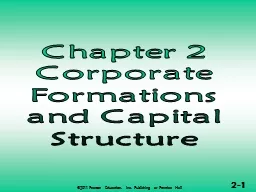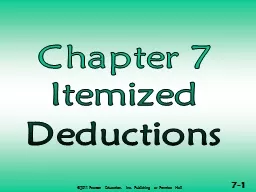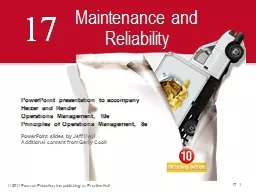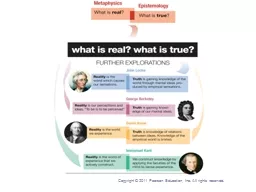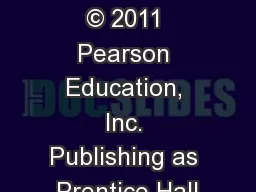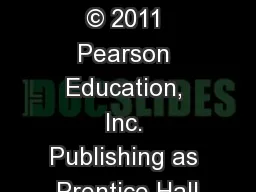PPT-©2011 Pearson
Author : lindy-dunigan | Published Date : 2016-04-22
Education Inc Publishing as Prentice Hall CORPORATE FORMATIONS amp CAPITAL STRUCTURE 1 of 2 Organization forms available Legal requirements for forming a corporation
Presentation Embed Code
Download Presentation
Download Presentation The PPT/PDF document "©2011 Pearson" is the property of its rightful owner. Permission is granted to download and print the materials on this website for personal, non-commercial use only, and to display it on your personal computer provided you do not modify the materials and that you retain all copyright notices contained in the materials. By downloading content from our website, you accept the terms of this agreement.
©2011 Pearson: Transcript
Download Rules Of Document
"©2011 Pearson"The content belongs to its owner. You may download and print it for personal use, without modification, and keep all copyright notices. By downloading, you agree to these terms.
Related Documents

